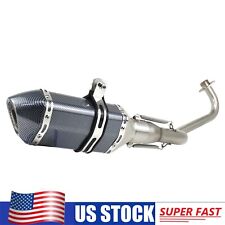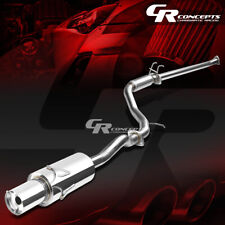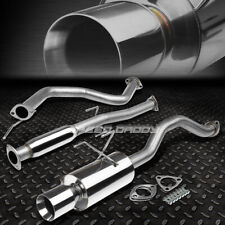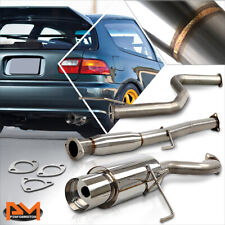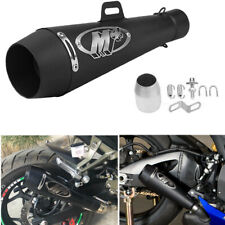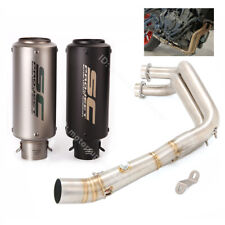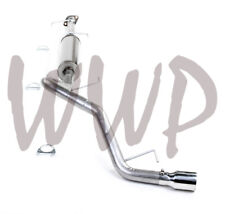Volvo working on flywheel technology that will boost power, cut fuel-consumption
Volvo said that it is testing flywheel technology a light, cheap and fuel-efficient solution that makes a 4-cylinder engine feel like a six while dropping fuel-consumption by 20 percent. The move will make Volvo one of the world’s first car makers to test the potential of flywheel technology on public roads.
Volvo has received a grant of 6.57 million Swedish kronor from the Swedish Energy Agency for developing the next-generation technology for kinetic recovery of braking energy in a joint project together with Volvo Powertrain and SKF.
“Our aim is to develop a complete system for kinetic energy recovery,” said Derek Crabb, Vice President VCC Powertrain Engineering. “Tests in a Volvo car will get under way in the second half of 2011. This technology has the potential for reducing fuel consumption by up to 20 percent. What is more, it gives the driver an extra horsepower boost, giving a four-cylinder engine acceleration like a six-cylinder unit.”
The flywheel is made from carbon fiber and spins in a vacuum at speeds up to 60,000 rpm. Combined with a combustion engine’s full capacity, the flywheel system will give the car an extra boost of 80-hp, “cutting 0 to 100 km/h (62 mph) figures significantly.”
“We are not the first manufacturer to test flywheel technology. But nobody else has applied it to the rear axle of a car fitted with a combustion engine driving the front wheels. If the tests and technical development go as planned, we expect cars with flywheel technology to reach the showrooms within a few years,” says Derek Crabb. He concludes: “The flywheel technology is relatively cheap. It can be used in a much larger volume of our cars than top-of-the-line technology such as the plug-in hybrid. This means that it has potential to play a major role in our CO2-cutting DRIVe Towards Zero strategy.”




